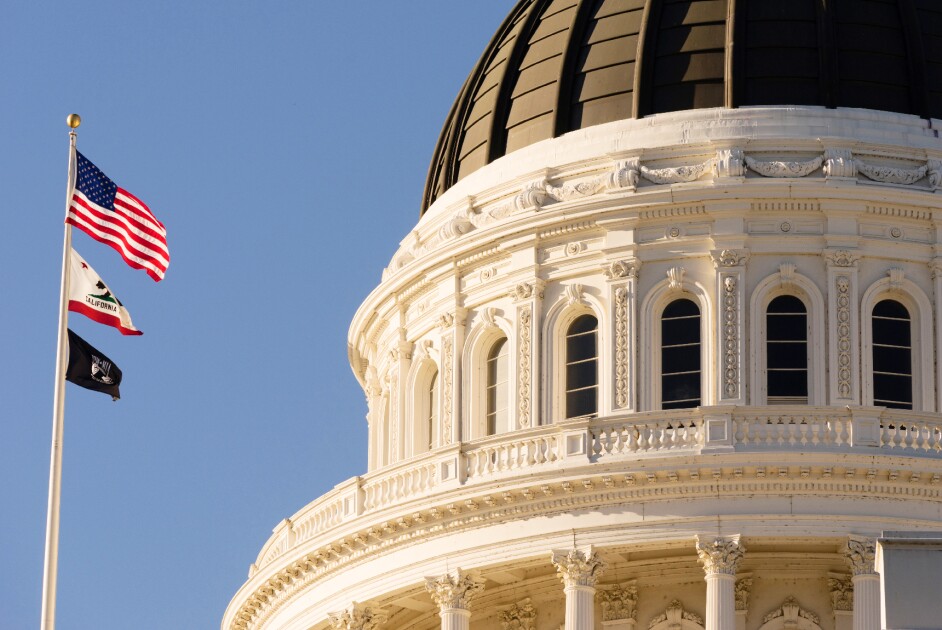
17 Jan California Joins 40 States in Mandating Dyslexia Screening
California Gov. Gavin Newsom this week signed into law a bill that will require schools to implement universal screening in kindergarten through 2nd grade for reading delays, including the risk of dyslexia.
With the bill signing, the nation’s most populous state joins 40 others that have laws requiring dyslexia screening in early grades. These brief evaluations determine a student’s level of risk for reading problems in general and the potential risk of dyslexia, according to the National Center on Improving Literacy, and are not intended to replace more thorough assessments that can diagnose reading disorders.
Screening advocates in California are celebrating the long-anticipated decision.
“Required universal screening marks a great achievement for California, making early intervention possible and is a first step in addressing reading failure,” wrote Megan Potente, co-state director of advocacy group Decoding Dyslexia CA, in a blog post.
A state slow to adopt policies related to evidence-based reading
The legislation has been a long time in the making, and marks a change for a state that has a long history of back-and-forth on reading instruction. Its 1987 language arts framework helped usher in whole language across the state—an approach that prioritizes meaning and context clues over systematic instruction, and that dyslexia advocates say can hinder children with reading challenges from making progress.
This February, Sen. Anthony Portantino (D-Burbank), presented legislation around dyslexia screening—the fourth attempt to get such legislation passed in California, according to Potente. Compared to many other states, California in recent years also has been slow to adopt other policies related to evidence-based reading.
Notably, California was not among the 18 states and the District of Columbia that, during the COVID-19 pandemic, signaled plans to make the “science of reading” a policy priority by announcing the use of American Rescue Plan funds or other COVID stimulus money to support early literacy work, including evidence-based reading instruction, as reported by Education Week.
The science of reading refers to a large body of cognitive and neuroscience research on how children learn to read. Generally, teachers instruct children systematically through sound-letter combinations and how they combine to make words. All the while they’re building students’ vocabulary and knowledge about the world to help them understand what they read.
California has generally resisted the recent movement towards shifting reading instruction through legislation. In a 2022 Education Week analysis of state legislation and policy on evidence-based reading methods, California had only instituted mandates on teacher preparation and teacher certification. Other states have also changed professional development and coaching, assessment, materials, and/or instruction and intervention.
Resistance prevented earlier passage of screening mandate
The California Teachers Association, the state teachers’ union, has resisted previous legislation on dyslexia screening. An excerpt from a June 2021 memo to the state assembly’s education committee reads: “[The legislation] is unnecessary, leads to over-identifying dyslexia in young students, mandates more testing, and jeopardizes the limited instructional time for students.”
This past March, CTA spokesperson Claudia Briggs made clear the union’s concerns over proposed mandatory dyslexia screening.
“There aren’t enough screeners,” she said. “It’s taking up class time [for teachers to screen].”
Gathering support, momentum
Gov. Newsom’s revised budget announcement this May allotted $1 million to fund the screening program—including a panel that would select a screening tool, relevant teacher training, and requisite screening of all children in kindergarten through 2nd grade for risks of dyslexia and associated reading delays, beginning in 2025-26. The funding helped ease the union’s concerns about implementation.
Potente echoed praise for Newsom. “His support really was the difference-maker and it resulted in important discussions about how to make K-2 screening for reading difficulties, including risk of dyslexia, culturally and linguistically appropriate to meet the needs of California’s diverse population,” Potente wrote in an email.
In addition to the governor’s backing, Decoding Dyslexia CA garnered support for the legislation from more than 50 local organizations.


No Comments